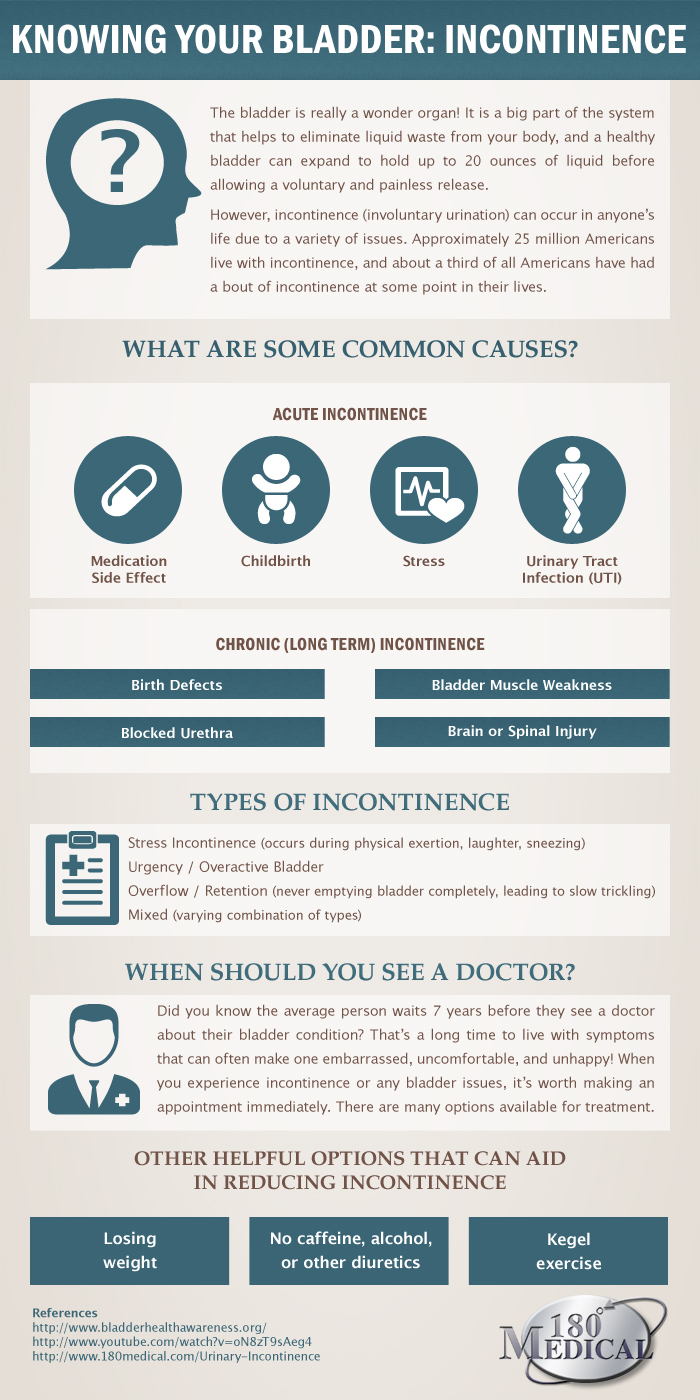The American Urology Association Symptom score had formulated a simple index of symptoms which will assist in identifying and classifying urinary symptoms. This survey devised by AUA is internationally adopted and is now called International Prostate Symptom Score or IPSS.
The questionnaire is a collection of inquiry regarding seven symptoms containing one question each. Answers to the questions shall validate a persons’ urinary over the past month. First is incomplete emptying with a question of how often do a person feel that he or she did not emptied his or her bladder completely after urinating.
Second is frequency which involves how often a person urinates two hours after his or her last urination. Third is intermittency which is about the irregular time interval of urinating of a person and how often does a person found him/herself the he or she stopped and started over again a number of times when he or she urinates. Fourth is urgency which explains how often a person finds it hard to take hold of his or her urine. Fifth is weak-stream and it’s about how often a person experiences a weak urinary flow.
Number 6 is straining which is about how often a person has to exert effort to eliminate urine. Finally, the last question is about nocturia which determines how often a person wakes up at night to urinate. The answers to these queries are given by encircling the number of your answer.
American urology Association provided a point scale as a reference that will assist in answering those inquiries. The examinees answers should range from zero up to five. Each number has their respective values. If an examinee chooses zero, it means that his or her answer is “never”; one means that his or her answer is less than one out of five times; two means that he or she answered “less than half of the time”; three means that he or she answered “about half of the time”; four means that he or she answered more than half of the time; and five means that he or she answered almost always” to the questions. These items are used for selecting answers to questions number one to six only. Nocturia has its own respective point scale. The number that an examinee will encircle is the just the number of times he or she gets up.
After answering those questions, the examinee will sum up all the values that he or she selected to get the symptom score total. After computing the total score, compare the result to the standards scale of score and to the severity of the problem. If the total score ranges from 0 to 7, 8 to 19 and 20 to 35, it is considered that the urinary symptoms are mild, moderate and severe respectively.
Proper metabolic processes in the body are necessary to efficiently eliminate wastes products such as urine. This processes aids in efficiently regulating vital products. So, the factors causing the difficulty in urination must be recognized by a person for him or her to realize how bothersome it is.
